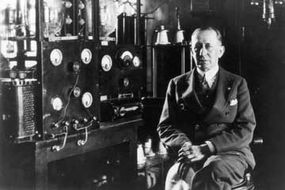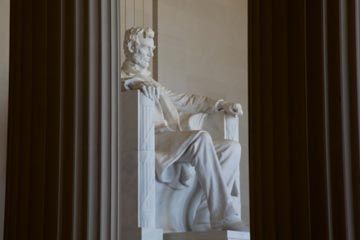
Inventors worldwide were churning out new and exciting inventions left and right in the years leading up to the 20th century. Scientific work in radio technology was heating up, too. Two men in particular — Serbian American scientist Nikola Tesla and Italian physicist Guglielmo Marconi — went head-to-head in the race to invent the radio.
But more than 100 years later, ask any two people who created the radio, and you'll likely get two different answers. So, when was the radio invented, and who who invented radio?
Advertisement
The story is murky and mixes scientific discovery with lawsuits and good old-fashioned marketing. Let's see if we can untangle the threads.


